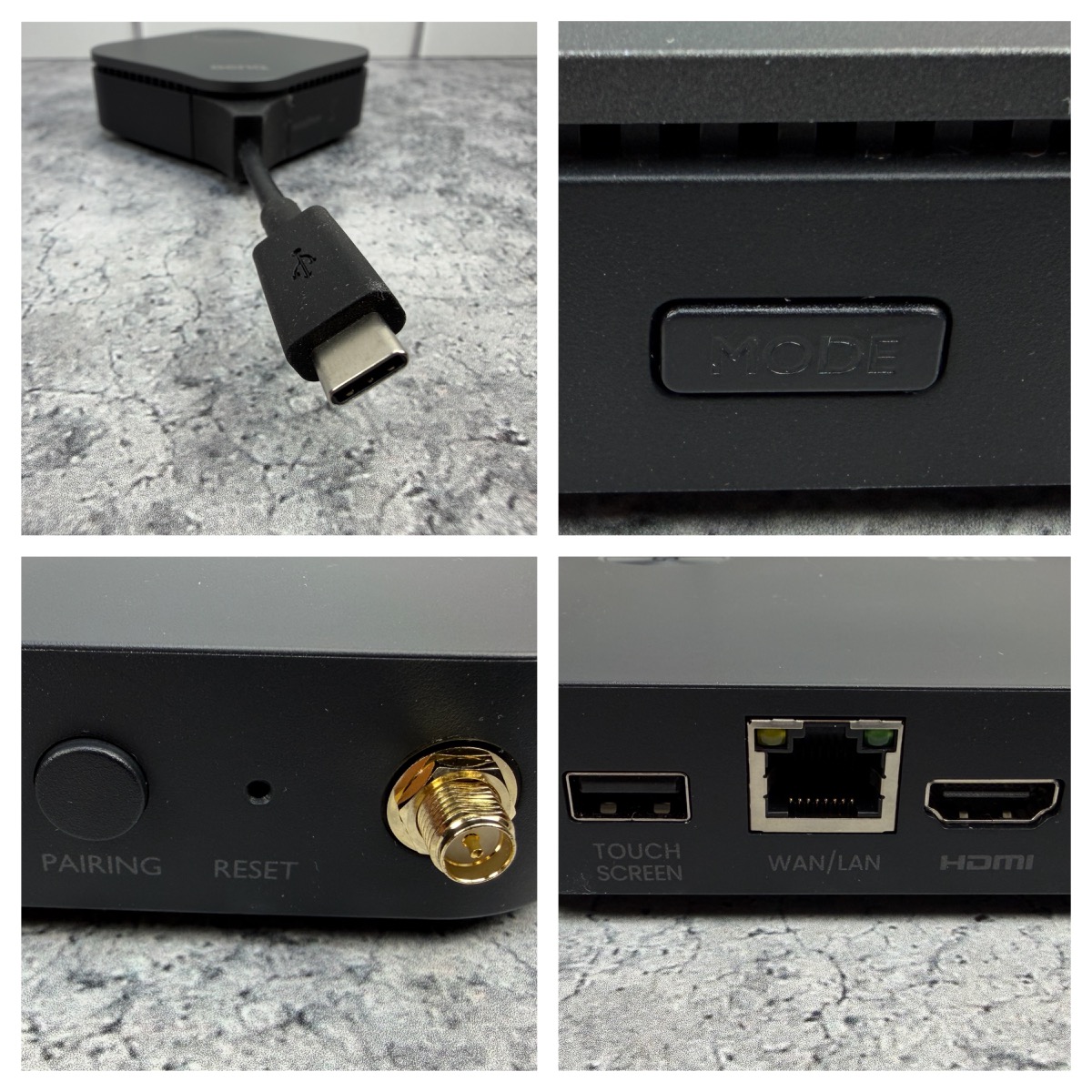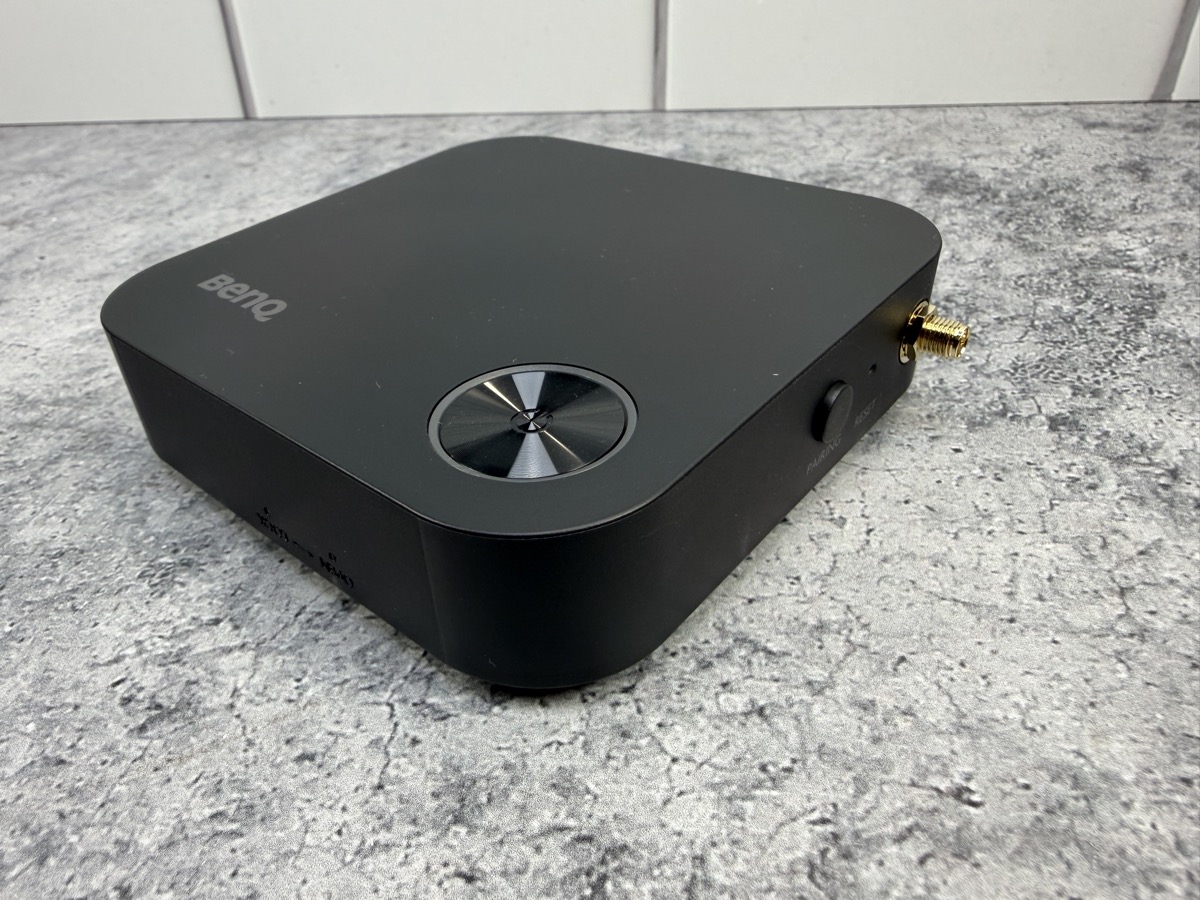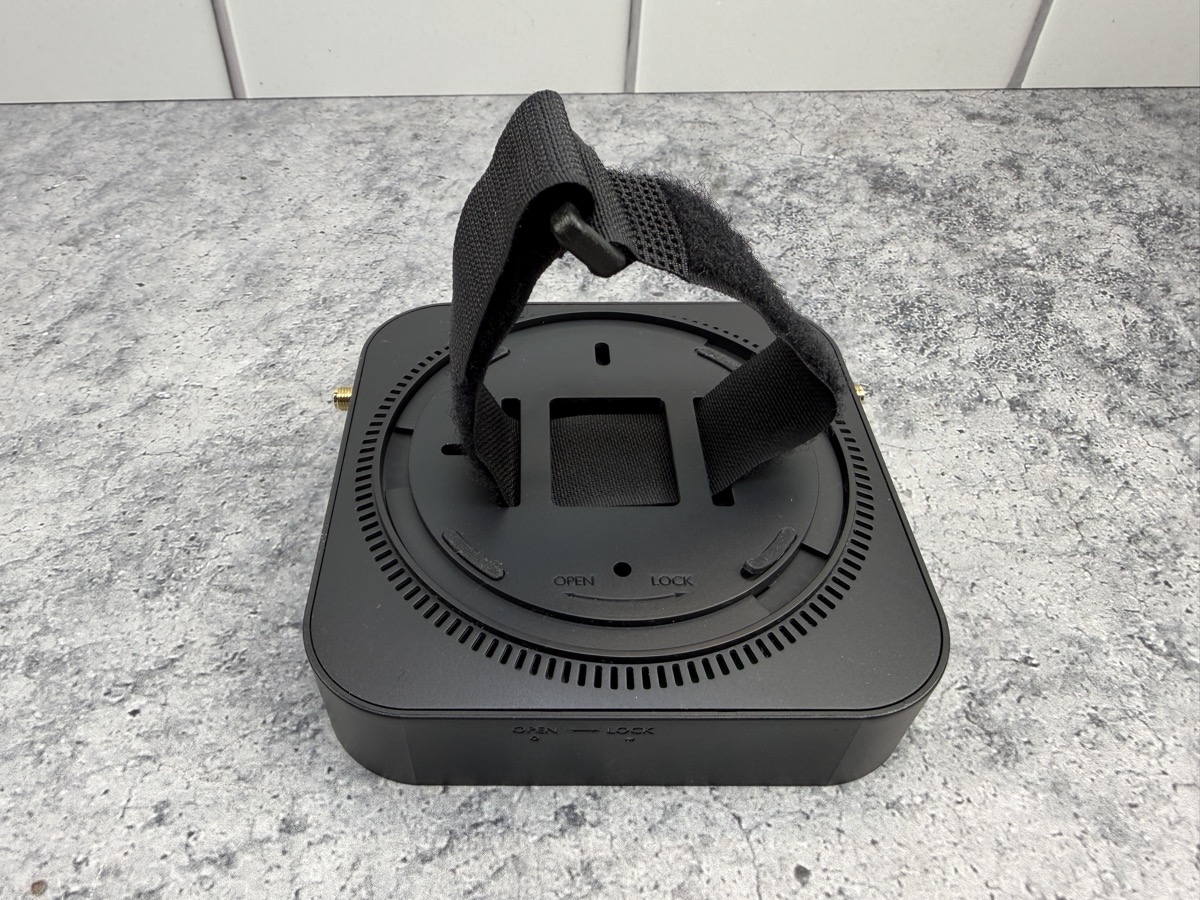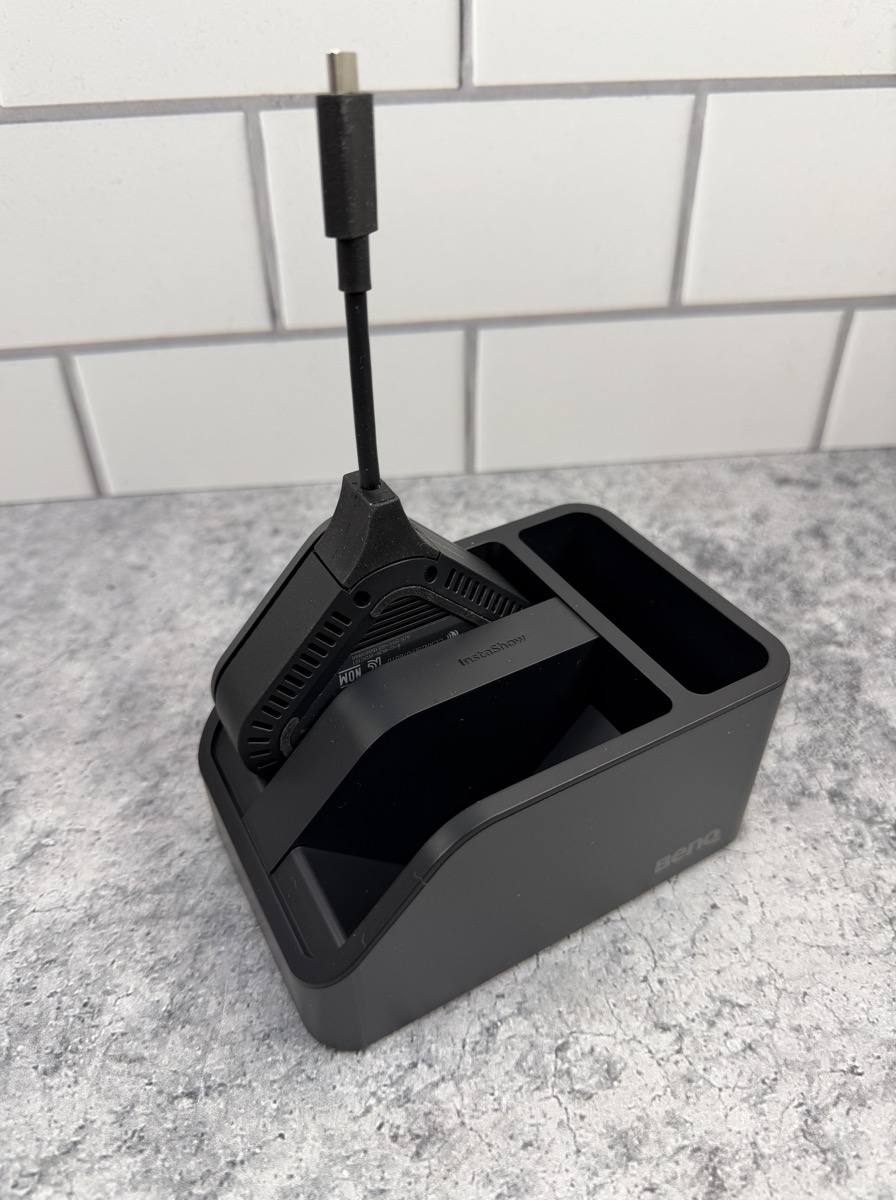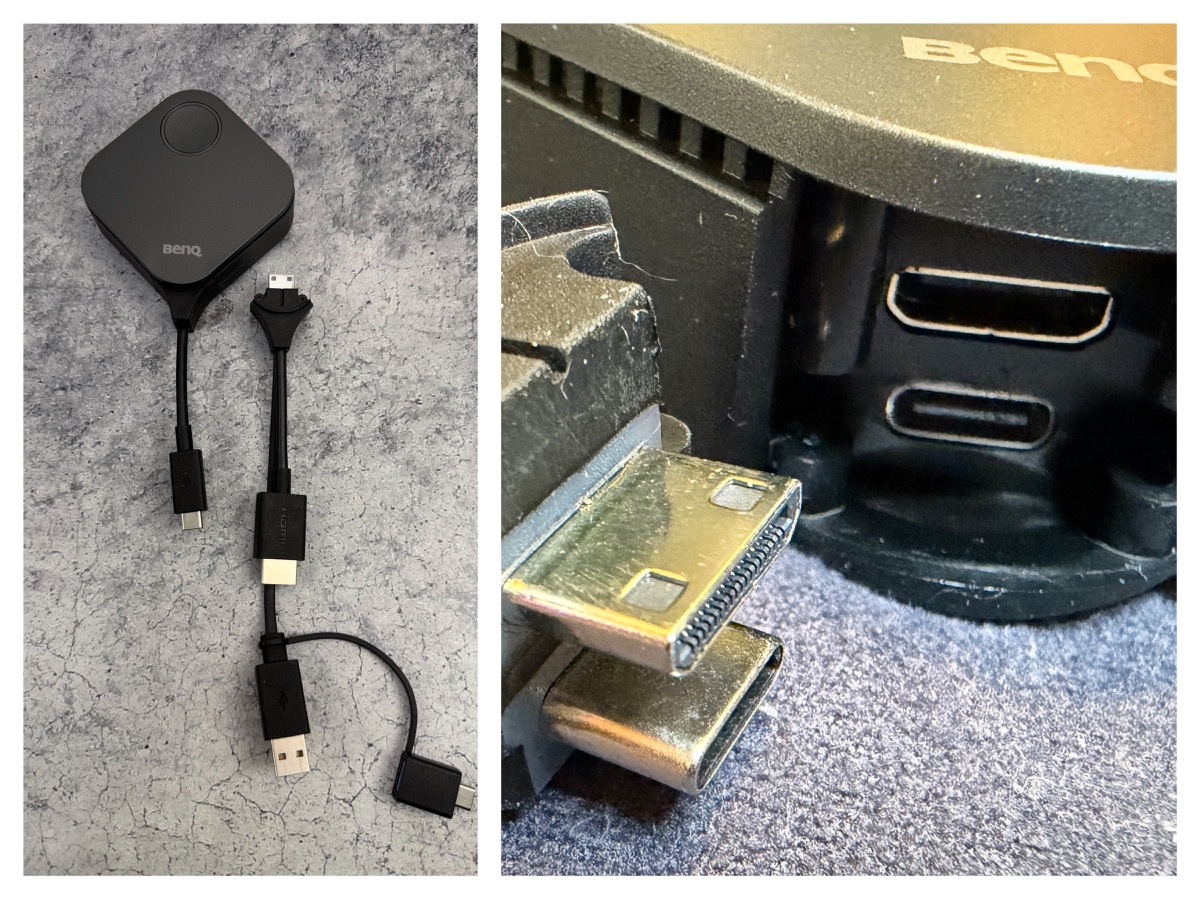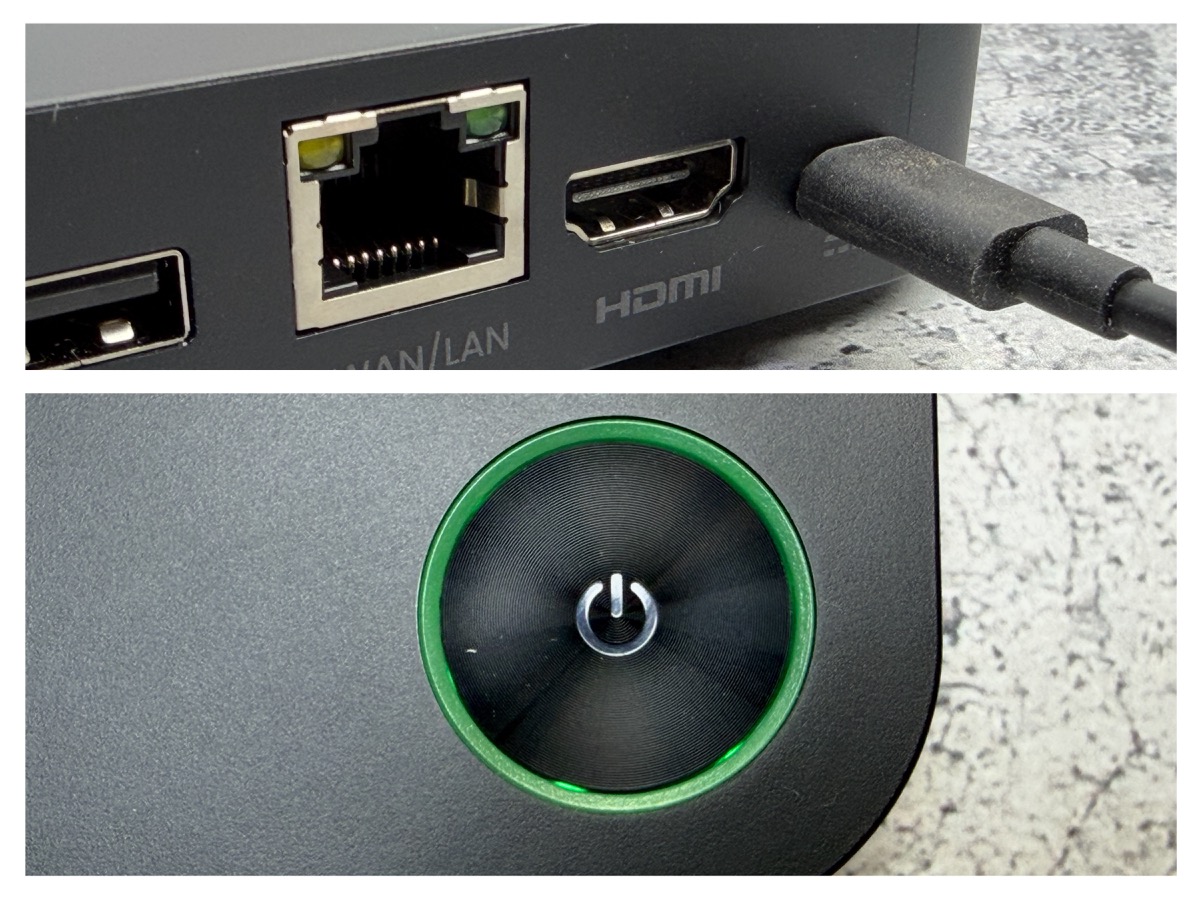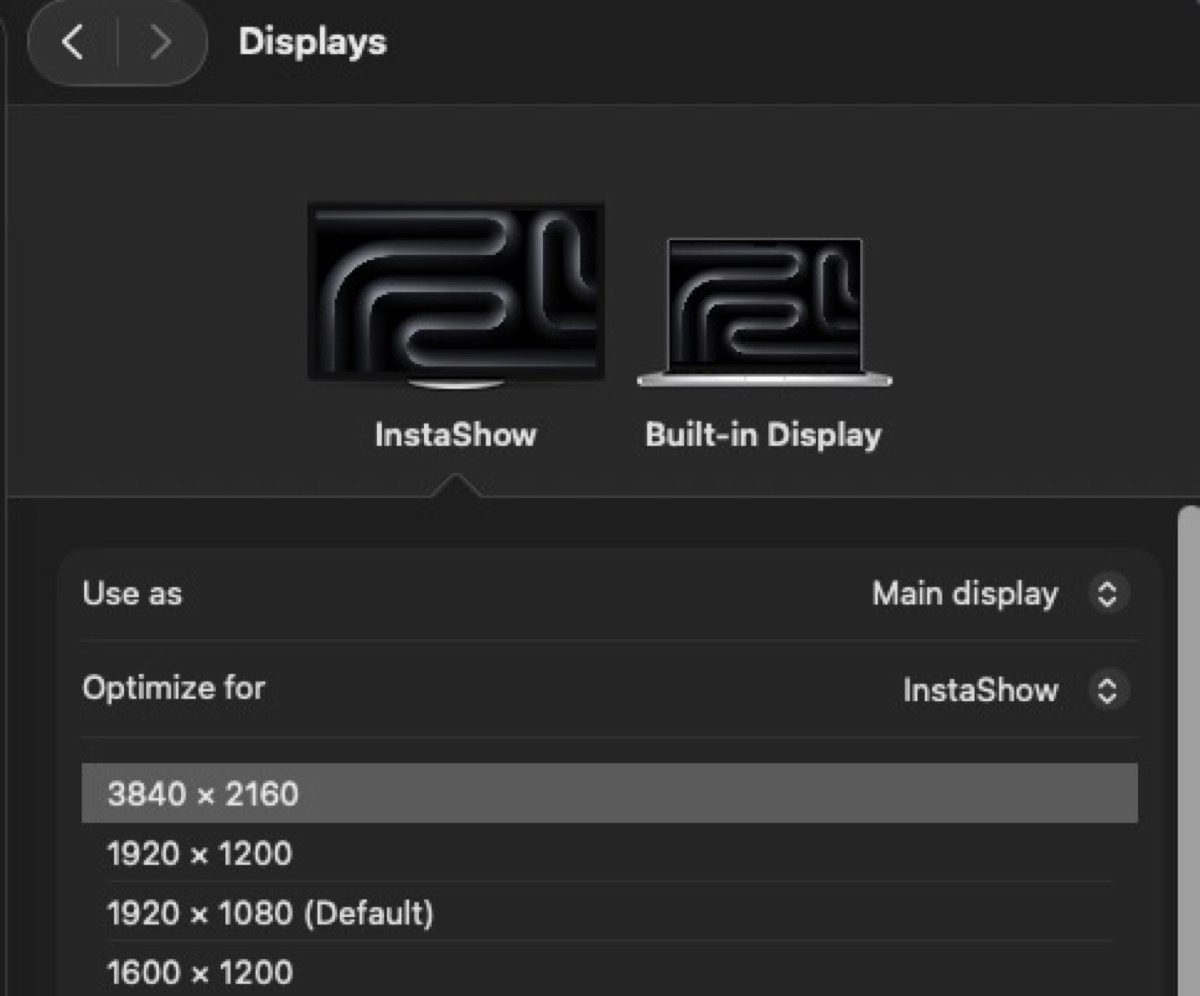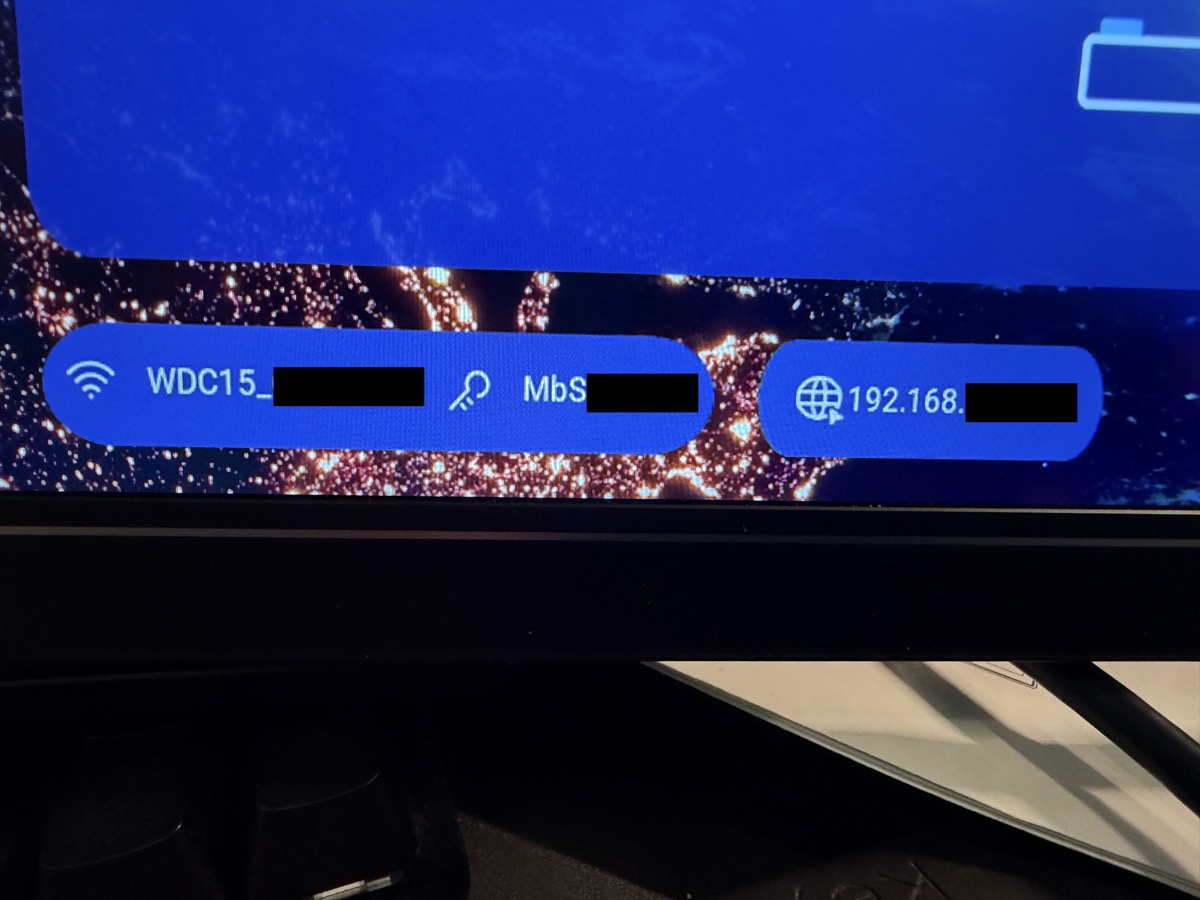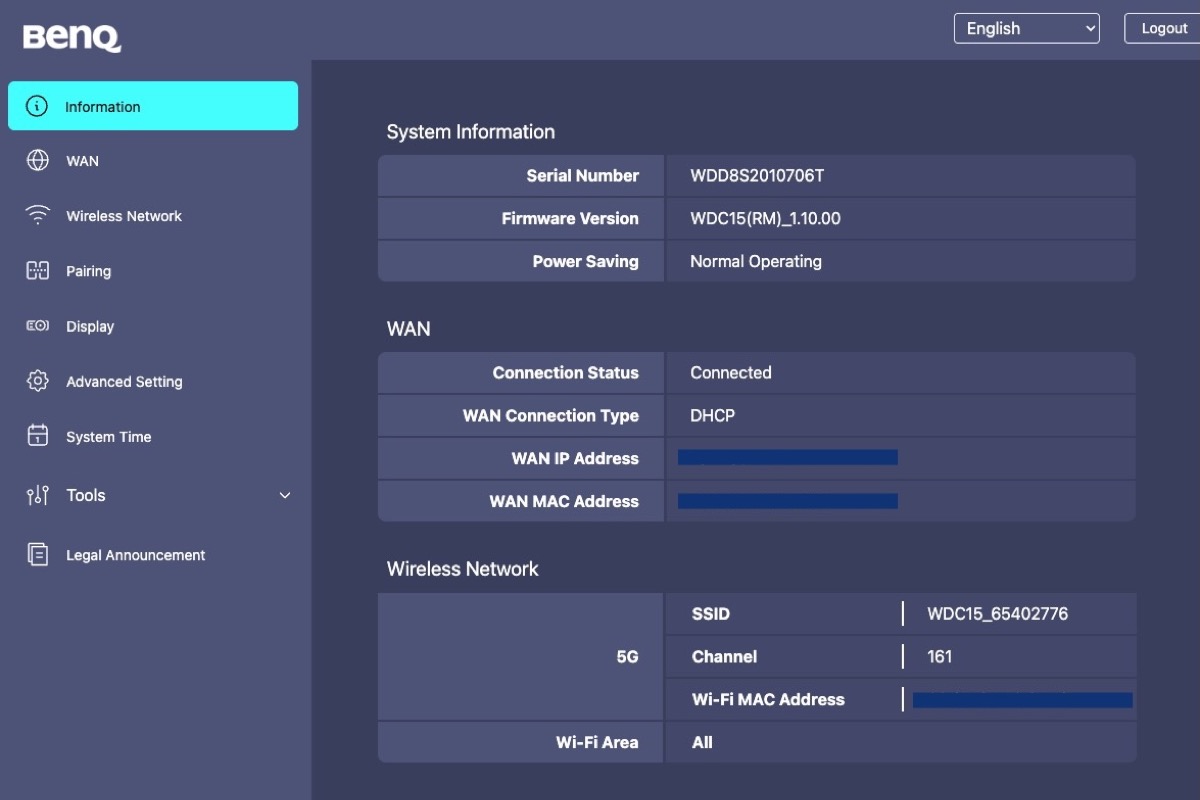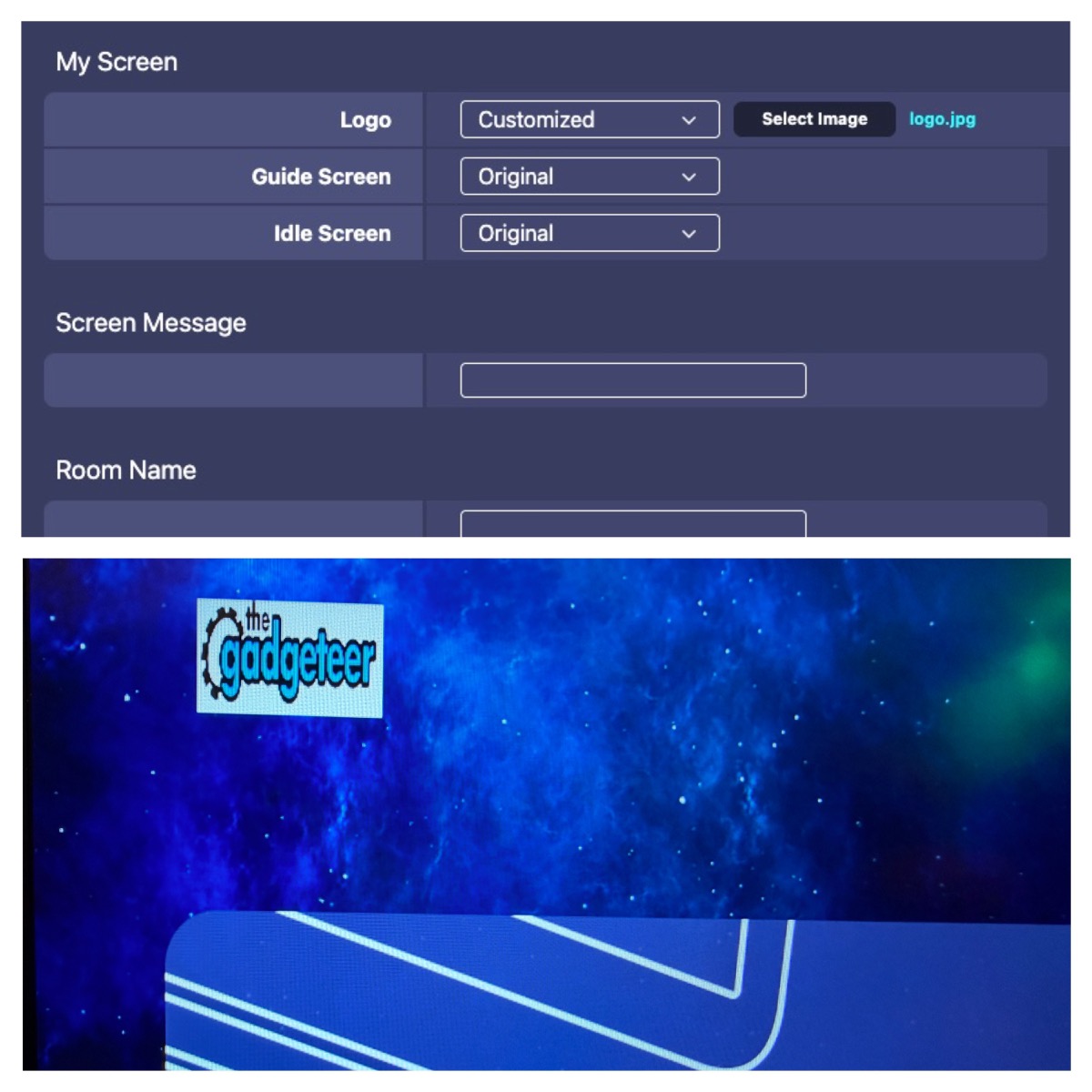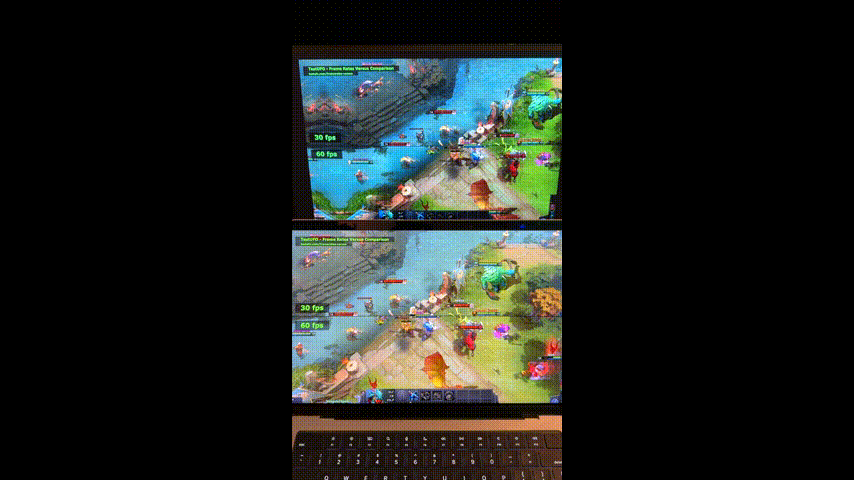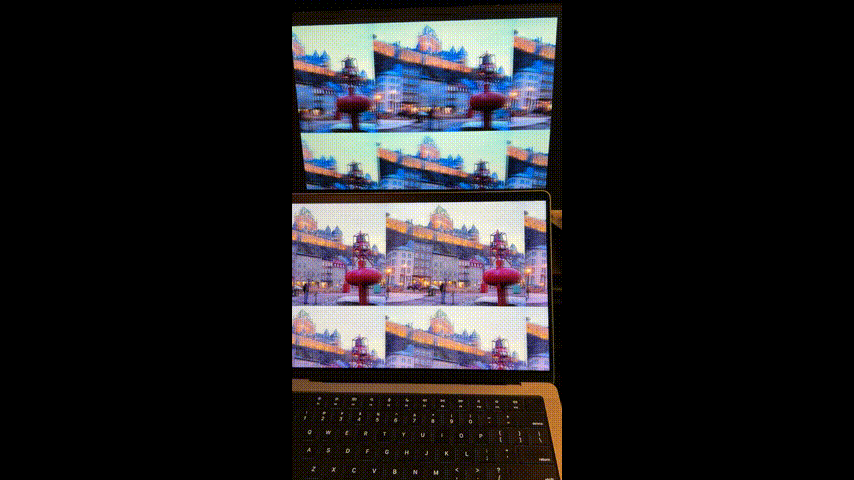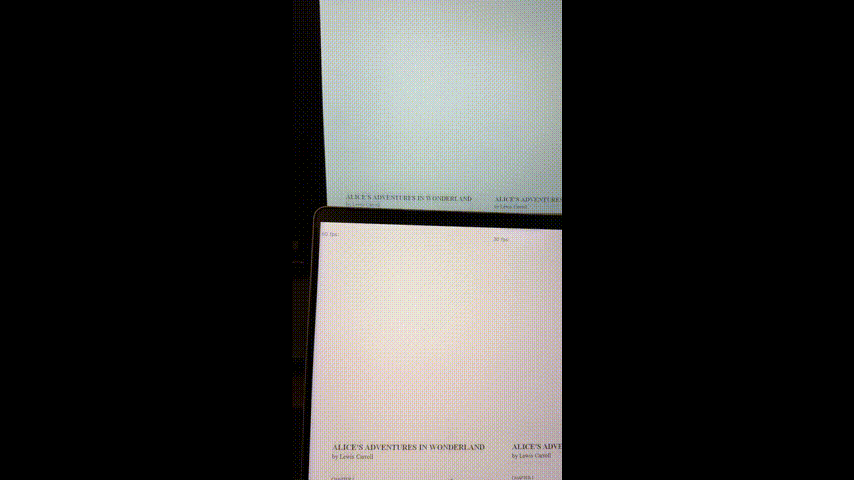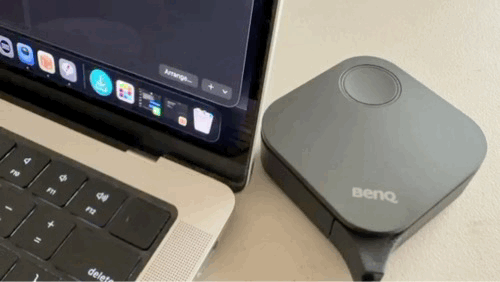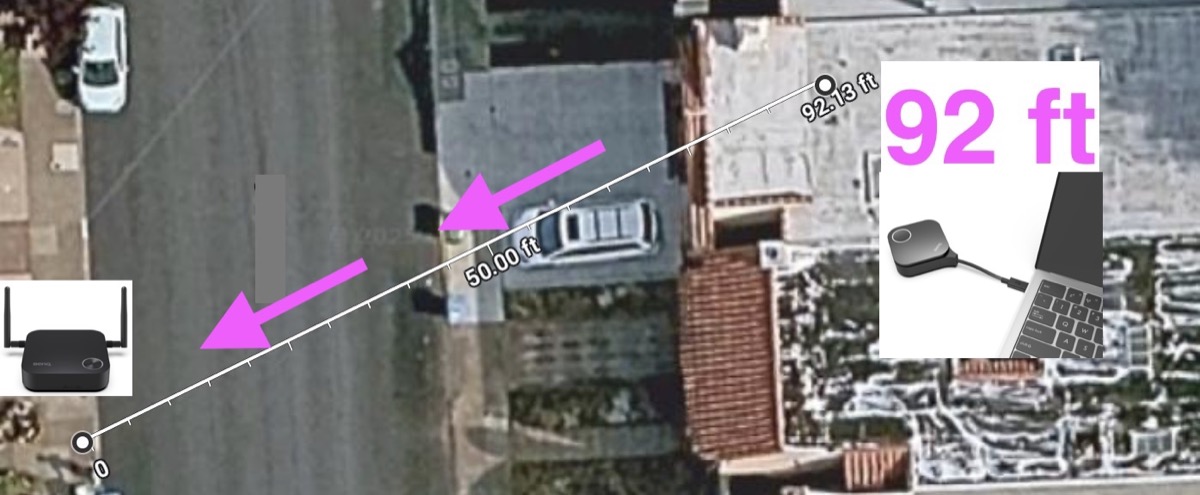REVIEW – If you’ve ever had to set up a slide presentation from a laptop, then you know the jumble of cords and cables involved. Sure, your laptop can run off the battery, but there’s no getting around that video cable. Or is there? You can go wireless with the BenQ InstaShow WDC15 4K Wireless Presentation System driver-free: No setup, no apps, no network required.
⬇︎ Jump to summary (pros/cons)
Price: $799 – $634.83 on Amazon
Where to buy: BenQ
What is it?
BenQ’s InstaShow system consists of a transmitter and receiver pair that enables easy and instant plug-and-play video for presenters and guests with just the tap of a button.
What’s included?
- Transmitter with USB-C pre-attached
- HDMI/USB-C cable assembly
- Receiver and HDMI cable
- Receiver power supply
- Cradle for holding up to two transmitters
- Receiver hook-and-loop mount
Tech specs
Button (transmitter):
Connector type: USB-C or HDMI (with USB-C for power)
Host (receiver):
Power supply: 2A, 5VDC, 10W
RJ45 LAN port
HDMI output
Dimensions (without antenna): 110x110x29 mm
Weight: 205g
General
Video: HDMI 1.4 (with HDCP)
Maximum output resolution: up to 4K, 30Hz
Wifi Standard: 5
Wireless frequency: 5G
Wireless data rate: AC1200 (5G 867 Mbps)
Simultaneous connections: 16
Wifi protected access and encryption: WPA3, AES128
Design and features
The system is made up of two parts. The Button (as BenQ calls it) is the transmitter that comes with USB-C pre-attached. Other than the round button on the top, there’s only a single MODE control on the side.
The receiver (host) has two gold-colored antenna connectors, a pairing button, HDMI output, RJ-45 network connection, and an optional USB-A style connector to work with your touch screen enabled display (if equipped).
The Host also has the same round button on the top side.
Both pieces have an abundance of ventilation slots on the bottom side. Note the Host (right) has the default password printed on a label.
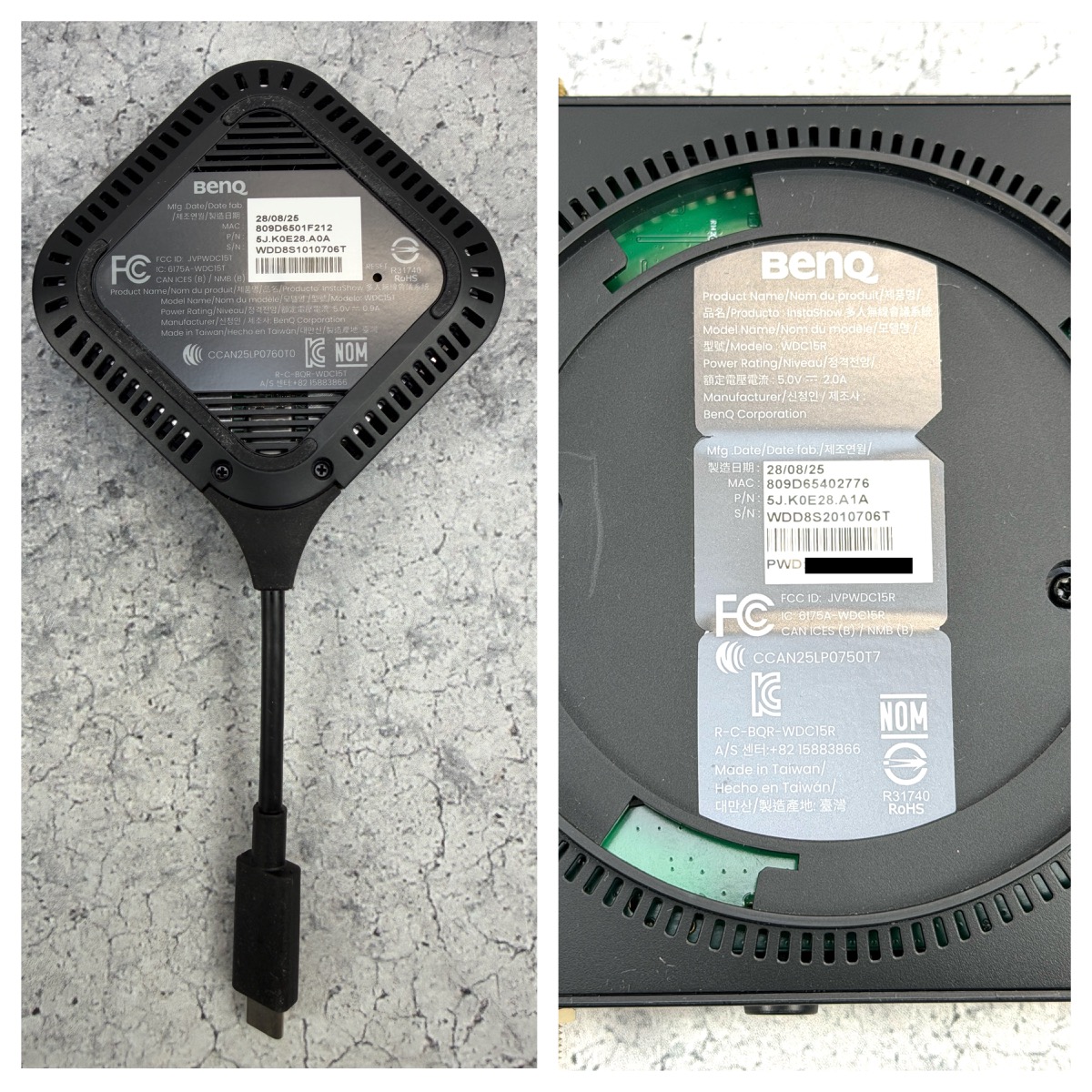
An optional hook and loop strap attaches to the underside of the host, allowing for secure mounting on a stand, pole, etc.
The kit also comes with a weighted two slot cradle. I only have one Button, so I have room for one more. No, it does not recharge or provide power. It’s just a place to keep your Button(s).
Assembly, Installation, Setup
The Button comes with the USB-C cable pre-attached. Switching to HDMI involves removing two small, long screws from the underside. The assembly just pulls out.
Two antenna attach to the sides of the Host. BenQ suggests positioning these antenna as shown, at right angles and not against the case. The antenna are listed as 2dbi MIMO.
The Host only has one video output (HDMI), and the included power supply is a USB Type C rated at 2A at 5VDC. The round button on the top has an illuminated ring that glows according to function.
When you connect the Host to a display, a handy graphic appears showing users how the Button connects to your source, such as a laptop. When both Button and Host recognize each other, the LED circle turns solid green.
To send a signal, simply press the button on the Button (transmitter). When video is successfully sent on both ends, the LED circles turn blue.
If the Host is connected to a compatible monitor, a computer can display at up to 4K. Windows and MacOS simply see the InstaShow as another display.
On the bottom of the boot screen is the wifi SSID and password and IP address. Because I had the Host connected to my network via the ethernet LAN/WAN port, I could use wifi to log into the InstaShow’s settings.
There are MANY settings under the hood. I get the impression that a fleet of InstaShows could be deployed and managed by an IT department. Many of these settings in the Advanced Setting tab are beyond my pay grade. I did notice you can change the 5G wifi channel to minimize interference with other networks in your area.
Apparently, you can upload your own logo for the boot screen. I tried doing it myself but I guess I have to dial in the height and width through trial and error. Do not hire me for your corporate IT!
Performance
I don’t have any sophisticated testing tools other than my eyeballs. Here, the Host (receiver) is connected to the monitor on top. My laptop is on the bottom.
Image quality was pristine. No static, no pixelization. There appeared to be a slightly lower framerate on the InstaShow receiver end, but that makes sense. My MacBook Pro supports up to 120 Hz, while the InstaShow can handle up to 30 Hz.
I can’t imagine anyone wanting to run games this way, so you FPS chasers will want to use a hardwire cable. 30FPS will work fine for your ordinary PowerPoint presentation.
The MODE button on the side of the transmitter toggles a video-optimized setup, but I couldn’t tell much of a difference.
I was most curious about how far the InstaShow system could work. I walked around the house with different walls between laptop and remote display. Sometimes when the signal got weak, the receiving end would stutter a bit. No static, so displaying still images would be no problem.
When the signal drops, the LED ring blinks red.
I figured in your typical setting, you might be giving a presentation in a room, without walls to worry about. I placed my laptop in my garage, sending out video, and I walked across the street with a portable monitor and USB power bank, receiving video until the signal just gave out.
I probably drew some stares from the neighbors, but I kept walking down the driveway and just kept going. My garage door was open and transmitter set up on a bench. Watching for traffic, I managed to cross the street where the LED ring flashed red at 92 feet while maintaining line of sight.
Final thoughts
This is going to be part of my presentation and projector kit: No more tripping over tangled HDMI cables! Image quality is great for your typical slide show. Video works, but the lower framerate may be noticeable, especially when the signal gets weaker with distance. Since your laptop will see the Button (transmitter) as just another monitor, setup is a breeze with just one button to press.
What I like about X
- No drivers, no apps, no special software, and no wires.
- On-screen instructions on startup.
- Good line of sight distance.
What needs to be improved?
- Probably not ideal for presenting video. I wouldn’t use this for movie night.
- Price. If you just need a wireless transmit/receive pair, this might be overkill.
Price: $799 – $634.83 on Amazon
Where to buy: BenQ
Source: The sample of this product was provided for free by BenQ. BenQ did not have a final say on the review and did not preview the review before it was published.
Check out these other reviews!
- Hollyland Mars M1 Enhanced Monitor review
- Hollyland Mars 4K video wireless transmitter receiver review
- IOGear Ultra-Fast 60GHz Wireless 4K UHD Video Extender review





